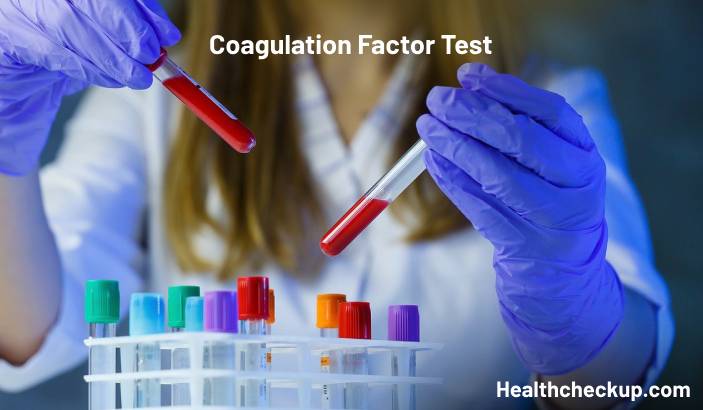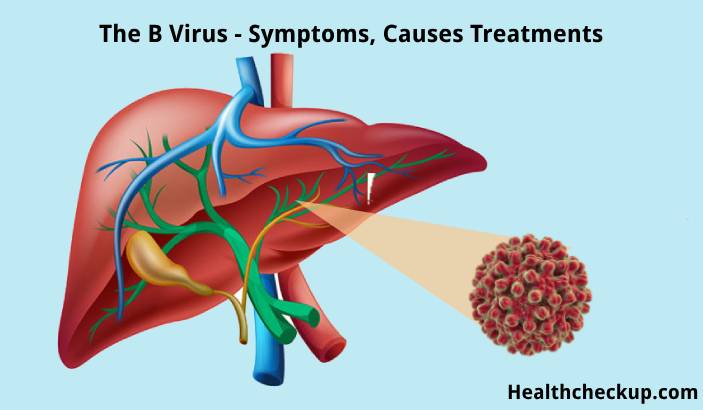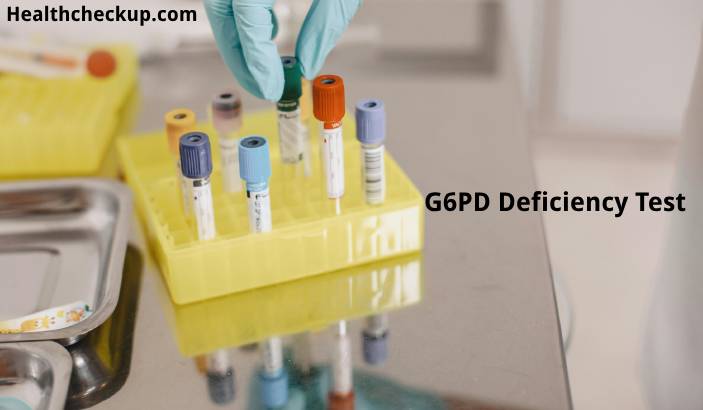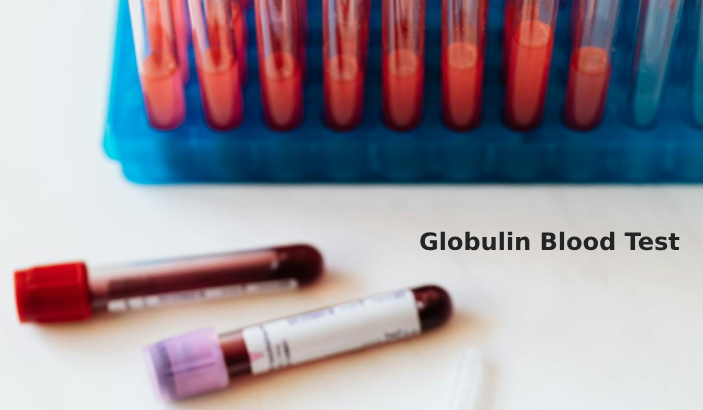The Coagulation Factor Test is a critical diagnostic tool used in the assessment of blood clotting abilities in patients. It plays a vital role in diagnosing bleeding disorders like hemophilia, monitoring the condition of patients with liver disease, and guiding treatment for conditions that affect blood clotting. This article explores the purpose of the test, preparation guidelines, the procedure itself, the interpretation of results, and potential risks involved.
Purpose of the Coagulation Factor Test
- Diagnosis of Bleeding Disorders: The primary purpose of the test is to diagnose and categorize bleeding disorders, such as hemophilia or von Willebrand disease.
- Monitoring Liver Function: Since the liver produces several key clotting factors, this test can be used to monitor liver function and the impact of chronic liver disease.
- Evaluating Clotting Risks: In patients who take anticoagulant therapy, such as warfarin, this test helps in monitoring their treatment and adjusting dosages to prevent either excessive bleeding or clotting.
- Pre-surgical Assessment: It’s often performed before surgeries to evaluate the risk of excessive bleeding during operations.
Preparation for the Coagulation Factor Test
- Fasting: Patients may be required to fast for a certain period (typically 6-12 hours) before the test to avoid any potential interference with the results.
- Medication Adjustment: Informing the doctor about all medications is crucial, as some can affect clotting factor levels. The doctor may advise stopping certain medicines before the test.
- Medical History Review: A thorough review of the patient’s medical history with the healthcare provider will help assess any underlying conditions that might influence the results.
Procedure of the Coagulation Factor Test
- Sample Collection: Blood is drawn from a vein, typically in the arm, using a small needle. The sample is then sent to a laboratory for analysis.
- Laboratory Analysis: The lab measures the levels of various clotting factors (e.g., Factors I through XIII) using specific assays to evaluate each one’s activity.
- Timeframe: The entire procedure for drawing blood usually takes just a few minutes, though the preparation and waiting time in the clinic may extend longer.
Normal Range of Coagulation Factor Results
- Factor Levels: Each clotting factor has a specific normal range, generally expressed as a percentage of normal activity. Typically, normal activity is between 50% and 150% of the average level found in healthy individuals.
- INR and APTT: Tests like the International Normalized Ratio (INR) and Activated Partial Thromboplastin Time (APTT) may also be included to assess the integrated function of various clotting factors.
Understanding Coagulation Factor Test Results
- Normal Results: Normal results suggest that the clotting factors are present at functional levels and the blood clotting process is likely to be normal.
- Abnormal Results: Abnormalities in clotting factor levels can indicate bleeding disorders, liver disease, vitamin K deficiency, or other health issues affecting blood clotting.
- Further Testing: Depending on the results, further diagnostic testing might be recommended to pinpoint specific conditions or to monitor ongoing treatments.
Risks Associated with the Coagulation Factor Test
- Bleeding and Bruising: The most common risk associated with blood drawing is minor bleeding or bruising at the puncture site.
- Infection: There’s a slight risk of infection whenever the skin is broken, although sterile procedures significantly minimize this risk.
- Fainting or Lightheadedness: Some patients might experience fainting or lightheadedness during or after the blood draw.
The Coagulation Factor Test helps in the diagnosis and management of diseases affecting blood clotting. It provides essential information that can guide the treatment of bleeding disorders, monitor the impact of liver disease, and help in preparing for surgical procedures where bleeding risk could be a concern.
I specialize in writing about health, medical conditions, and healthcare, drawing extensively from scientific research. Over the course of my career, I have published widely on topics related to health, medicine, and education. My work has appeared in leading blogs and editorial columns.








